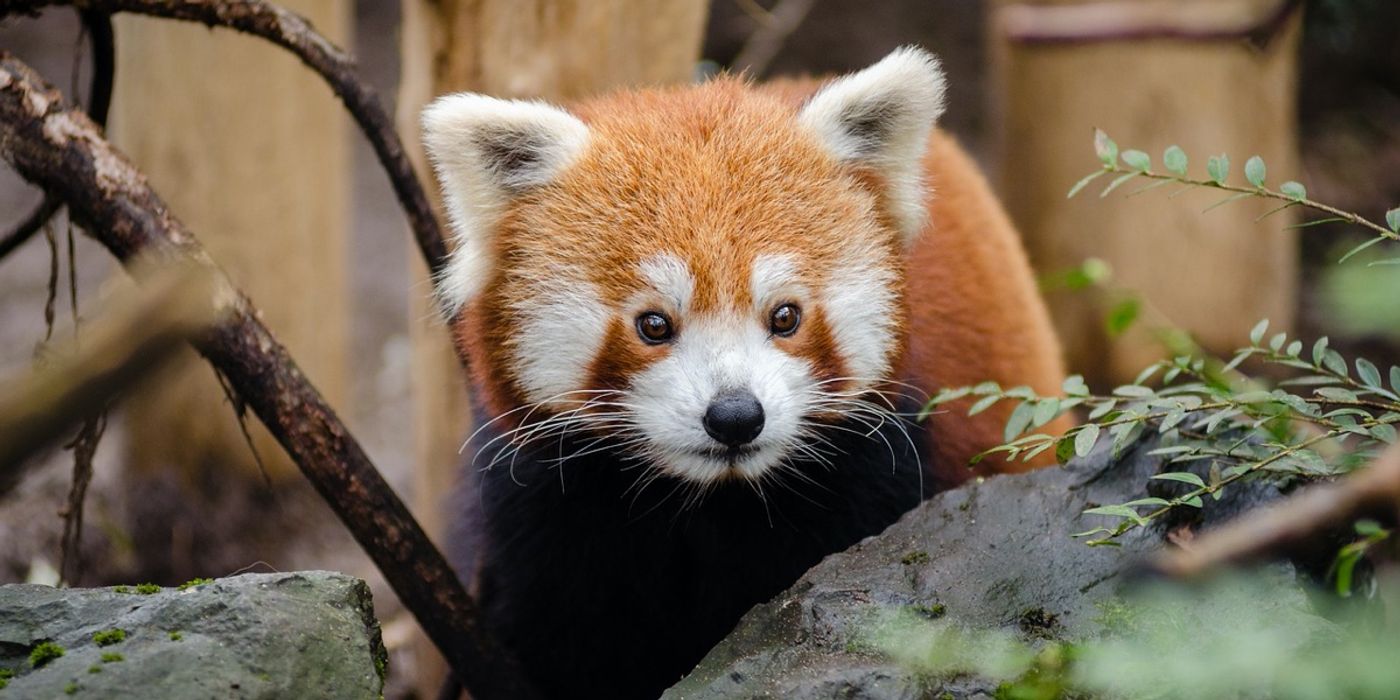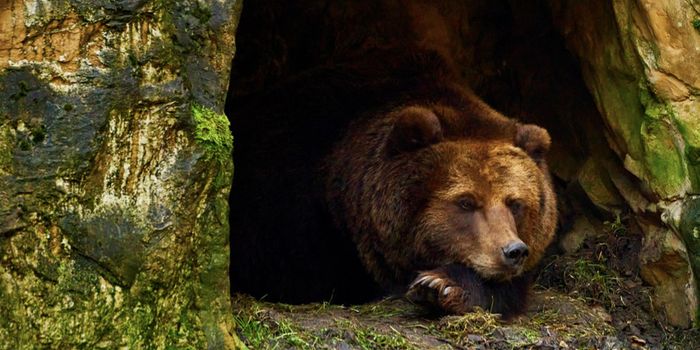Conservationists Begin Tracking Red Pandas with GPS Satellites
The red panda (Ailurus fulgens) is one of several animals recognized as an endangered species on the International Union for Conservation of Nature’s Red List. This status gives the red panda certain protections, but it also gives career animal conservationists a reason to want to track the species, as it can help them gather vital information about the primary threats that drive decreases in the animal’s population numbers.
Image Credit: Pixabay
At the time of this writing, the IUCN says that wild red panda populations are still decreasing due to factors like habitat loss and poaching, and as you might come to expect, many conservationists want to put a stop to it. That said, it probably doesn’t come as much of a surprise to anyone that conservationists are taking advantage of advanced satellite tracking technologies to map the species’ habits and movements.
It’s estimated that a population of only a few thousand red pandas remain in Southwestern China and the Himalayas. Given the dire circumstances, conservationists are desperate to learn more about the species’ current situation. They recently outfitted ten random wild red pandas with GPS tracking collars and rigged up a bevy of camera traps in their natural habitat to monitor their movements and behavior.
The ten red pandas in question are reportedly comprised of six females and four males, and each one has received a unique name to make tracking efforts easier for the conservationists. Those involved in the conservation project have reported that the collars are providing “exciting” and “useful” data and that they are working as intended.
Related: Are there actually two distinct red panda species?
It should be noted that the red panda isn’t related to the giant panda in any way, shape, or form, and that the two species share almost nothing in common in terms of lineages. The red panda is much smaller and shares aesthetics with the racoon, while the giant panda is quite literally a large bear. Both species rely on bamboo, however.
While the implementation of GPS trackers in combination with camera traps is nothing new for conservation, it’s a first for the red panda species. Conservationists are hopeful that this milestone will help them obtain much-needed data about their behavioral patterns and that this will help reveal pathways to the species’ ultimate recovery.









